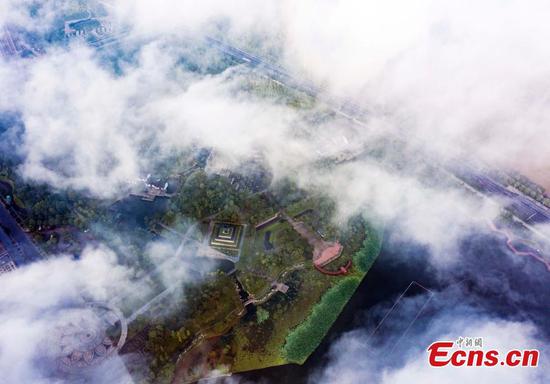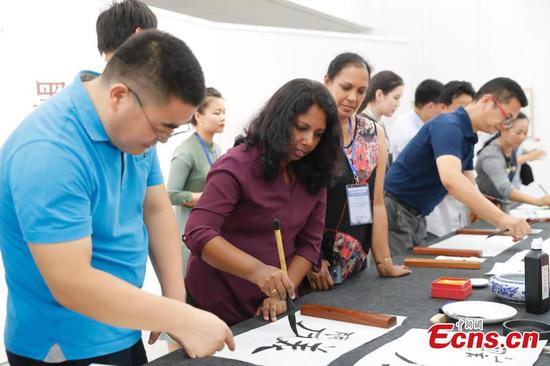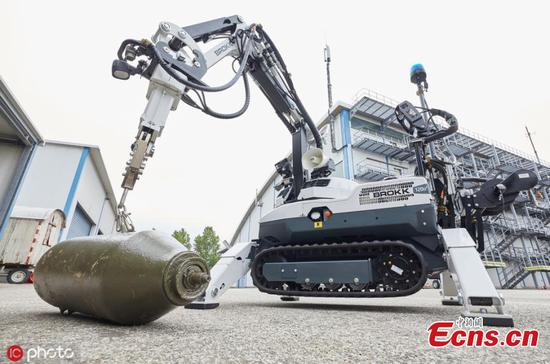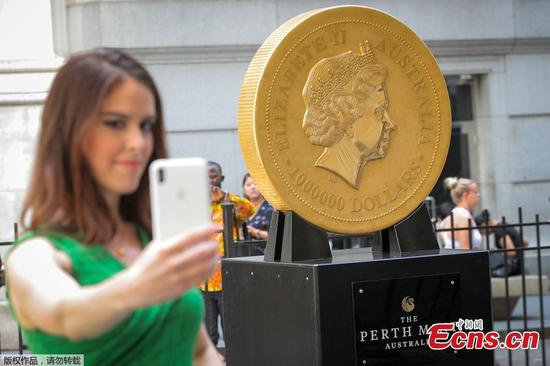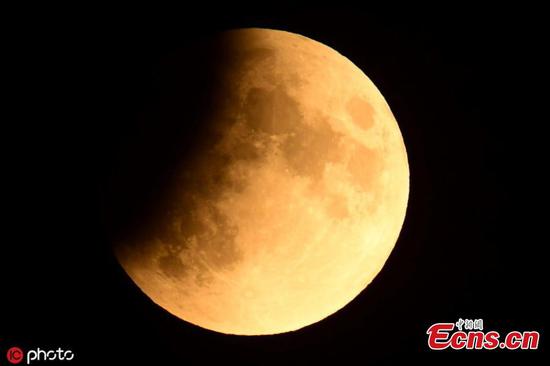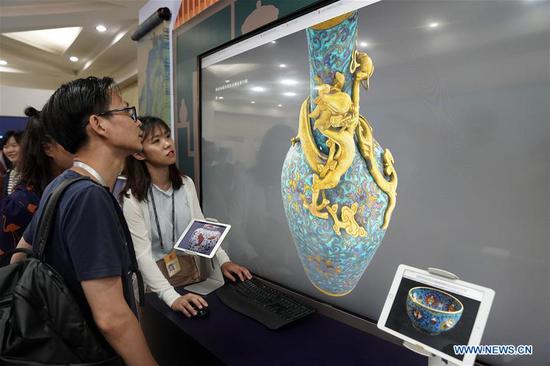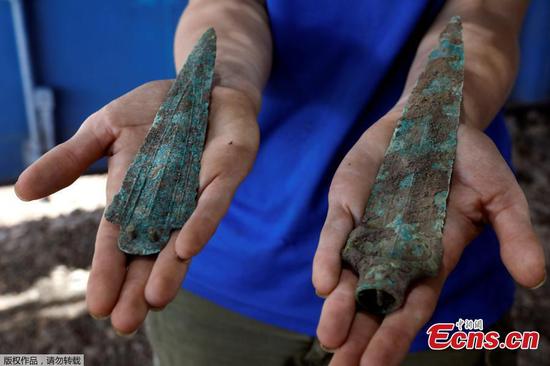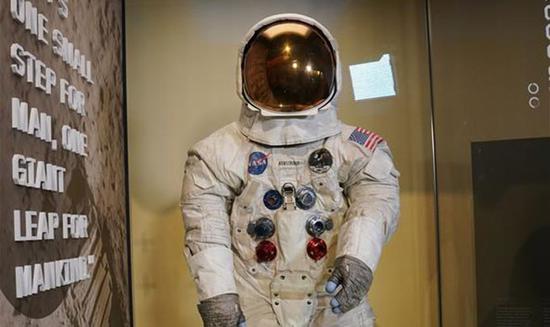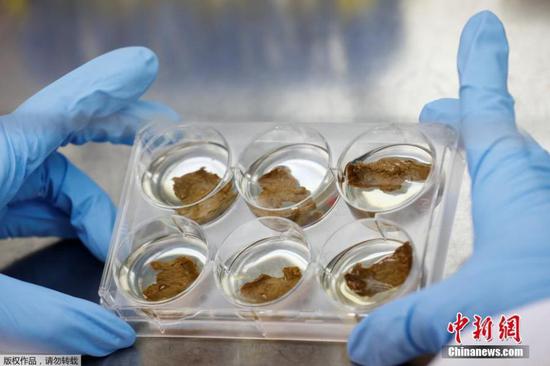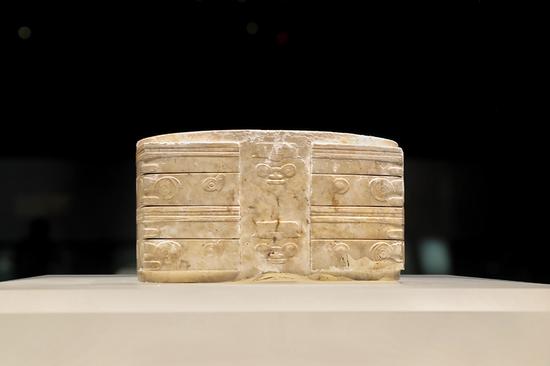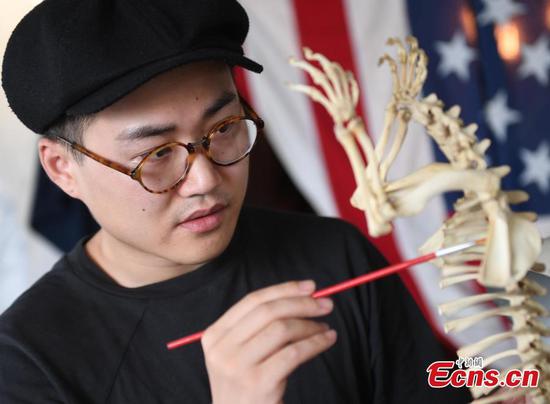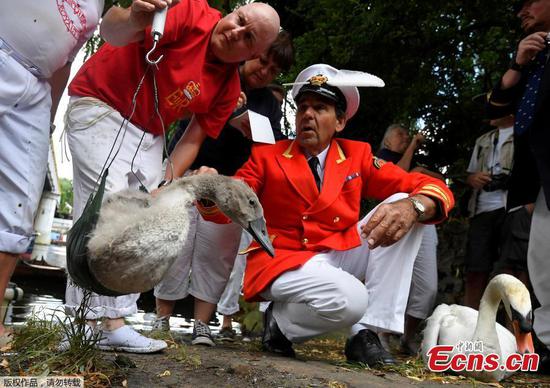
3D illustrations of Zhinu (left) and Taishan (right), the names of landing sites for the Chang'e 4 probe on the far side of the moon, which originate from Chinese mythology and astronomy. (Photos provided by China National Space Administration)
Scientists are working to overcome obstacles ahead of the planned launch of a probe to Mars next year.
Sun Zezhou, chief designer of China's Chang'e 4 lunar probe, spoke quickly but clearly.
"Every time I see the moon, I think about how Chinese probes have left permanent footprints on it, especially Chang'e 4, the first spacecraft to soft-land on the far side. As a member of that mission, I'm very proud," he said, his eyes shining brightly.
Chinese engineers began to plan the Chang'e 1 lunar probe in the 1990s, when Sun joined the team.
The country only had a monitoring system for near-Earth satellites, so communicating with the moon at a distance of 380,000 kilometers was a big challenge.
"When I first heard the old experts discussing lunar exploration in 1996, I felt the moon was very distant," recalled Sun, who majored in monitoring and communication.
His eyes now turn to Mars whenever the nights are clear.
"Now, 380,000 km is no longer far, but 400 million km is a new headache," joked Sun, whose team is developing a Mars probe.











